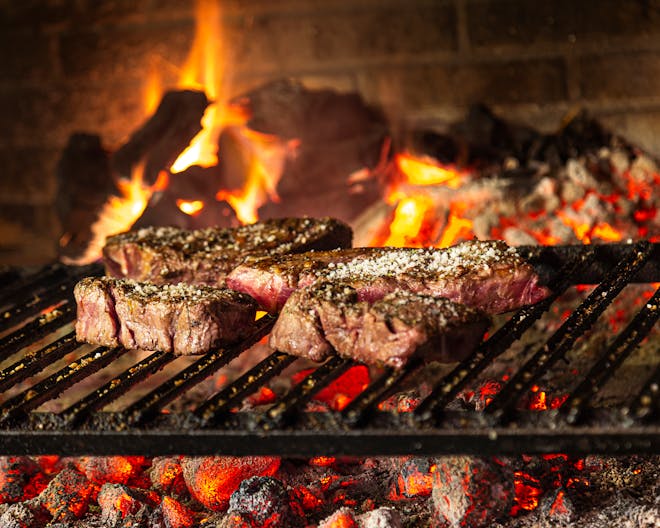Reverse Sear Steak: Alton Brown’s Method for Perfection
When it comes to cooking the perfect steak, the reverse sear method, popularized by culinary experts like Alton Brown, has gained significant attention for its ability to consistently deliver excellent results. This technique involves a two-step process: slow-roasting the steak first, then finishing it off with a high-heat sear. Let’s delve into how you can master this method and impress your dinner guests with a steak that’s cooked to perfection from edge to edge.
Understanding the Reverse Sear Technique
The reverse sear is a cooking method that flips the traditional sear-then-roast sequence on its head. The goal is to cook the steak gently at a low temperature until it’s nearly at the desired doneness, then quickly sear it on a scorching hot surface to create a flavorful crust. This method not only improves the control over the cooking process but also enhances the steak’s texture and flavor.
Why Choose Reverse Sear Over Traditional Methods?
By using the reverse sear, you minimize the risk of overcooking your steak and ensure a more uniform internal temperature. Traditional searing can often lead to a gradient of doneness, with the outer layers being more cooked than the center. With reverse sear, you’ll find your steak is evenly cooked from edge to edge, providing a superior dining experience.
Alton Brown’s Approach to Reverse Searing Steak
Alton Brown, a respected authority in the culinary world, has been a proponent of the reverse sear method for its scientific approach to cooking. Here is a step-by-step guide inspired by his techniques:
Step 1: Seasoning the Steak
Begin by seasoning your steak generously with salt and pepper, or any other seasonings you prefer. This not only adds flavor but also helps to draw out moisture, which aids in the searing process later on.
Step 2: Slow-Roasting
Preheat your oven to a low temperature, around 200-275°F (93-135°C). Place the seasoned steak on a wire rack over a baking sheet and insert a meat thermometer into the thickest part of the steak. Cook the steak in the oven until it reaches about 10-15°F (5-8°C) below your desired level of doneness. For a medium-rare steak, aim for an internal temperature of 120°F (49°C) before searing.
Step 3: The Searing Finish
Once the steak has reached the target temperature, remove it from the oven and let it rest while you heat up a cast-iron skillet or heavy pan over high heat. When the pan is smoking hot, add a small amount of oil with a high smoke point, such as canola or grapeseed oil, and then sear the steak for about 1-2 minutes on each side. This will create the desirable Maillard reaction, a chemical process that enhances the flavor and color of the steak.
Step 4: Resting the Steak
After searing, transfer the steak to a cutting board and let it rest for a few minutes. This allows the juices to redistribute throughout the meat, ensuring a juicy, tender bite.
Serve and Enjoy
Once rested, your reverse seared steak is ready to be served. You can slice it against the grain or serve it whole alongside your favorite sides. The beauty of the reverse sear method is its simplicity and the control it gives you over the cooking process, making for an exceptional steak every time.
